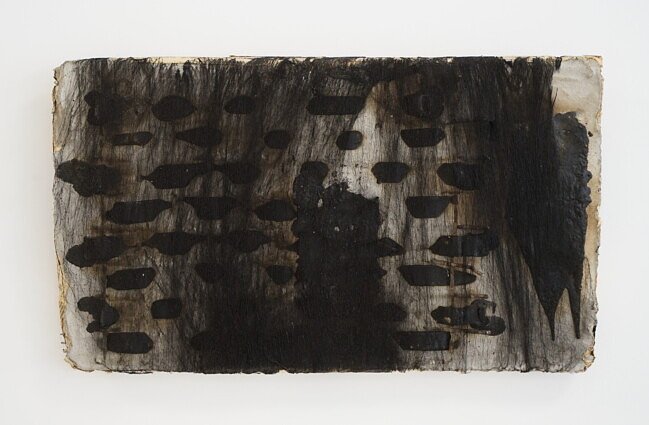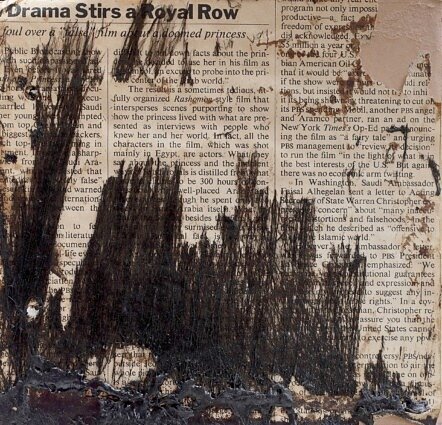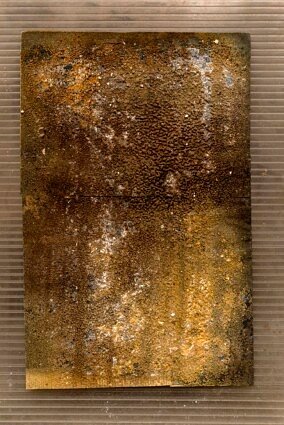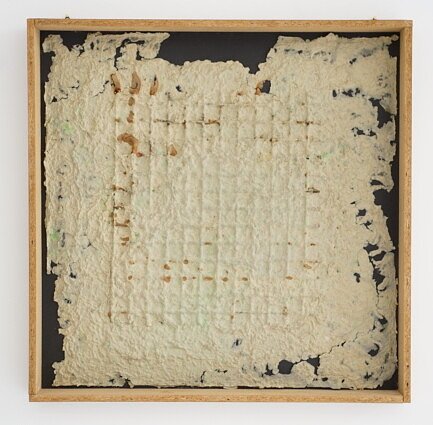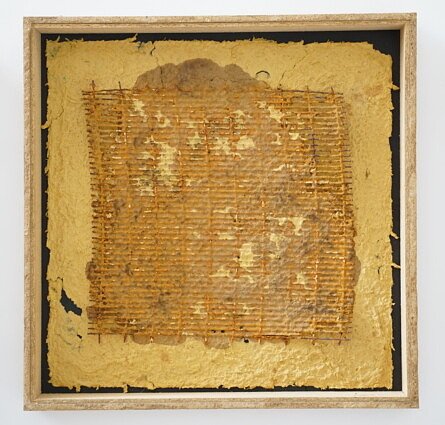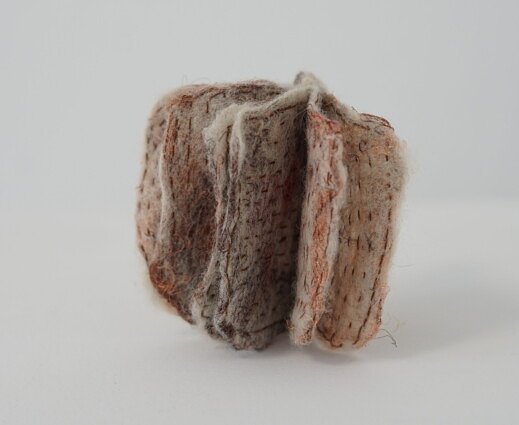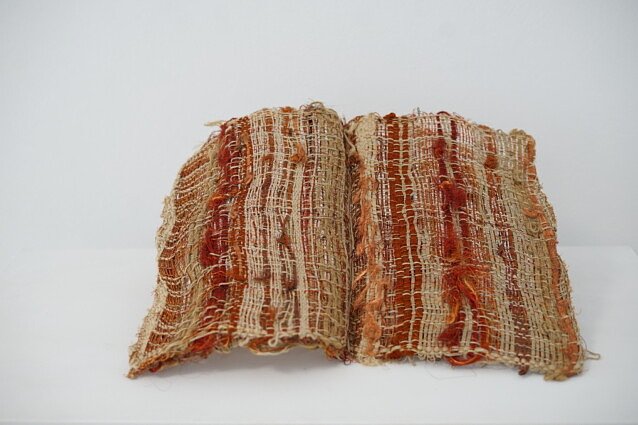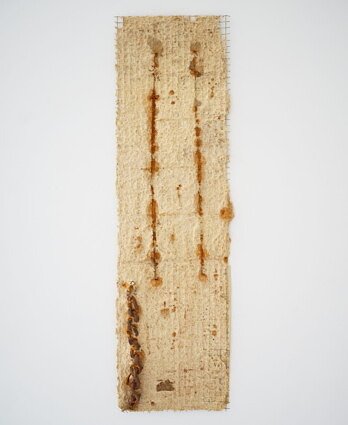Francesca
Cataldi
Biography
Born in Naples on 28 November 1944, Francesca Cataldi’s initial creative approach was to use tempera and oil paint on paper. However, she soon turned to poor urban materials, such as concrete, once caged by metal wires, became an object with the function of soliciting conversation. Resin, which when mixed with sawdust, took on the appearance of chemical amber, capable of preserving the memory of the material and also enveloping writing. Tar, which when used hot, formned sinuous threads, arteries of mental pathways and symbols of internal resonances.
And finally glass, which represents both fire and transparency at the same time.
Via the medium of the book and its structure, the artist investigates the charm of overlapping elements and the power of narration inherently embodied in the material. Although convinced that thread is the structure in everything, Francesca Cataldi has turned to digital processing in recent years and associates her vision with new ways of making art. In fact, if the role of art is “to play by presenting oneself by reliving moments and making others see themselves in what is presented”, it is necessary to continue to experiment according to the development of an aesthetic thought, which itself may result from a constant storage of references and sensory associations.
A protagonist of personal and group exhibitions both in Italy and abroad, Cataldi has shown at the Venice Bienniale, has been an art consultant for the Naples Book Fair and RAI International, and has also taught at the Europäische Kunstakademie of Trier (Germany). Materially driven, she has brought the perception of cement to the same level as that of marble and iron, and also to that of the brush; her works are present in museums in Italy, Japan, Brazil and London; and in private collections in Germany, Austria, Australia, Switzerland, United States, Brazil, UK, Greece.
Prolific interpreter of the female art world, Francesca Cataldi, ‘storyteller of matter’, lives and works in Rome.

The materials of my research, or simply of my “going”, are: iron, cellulose, tar, cement, fiberglass and glass. They accompany me on my journey, which started from Naples and landed in Germany, the country where I teach sculpture, using non-traditional materials, metals from landfills, and images obtained through computer-reworked photographs. This teaching, in a world of a different cultural matrix, gives me the privilege of getting back into discussions, again and again, artistically and humanly. Interpreting them, with the filter of my history and of visual and human education, is a great gymnastics for my creativity.
From informal painting to clotted and connected matter, my path continues using both existing and specially built structures, since the time of concrete, in which I incorporated all my tools almost jealously in the mortar, from the secrets of the inside work, through work for enjoyment, to slides projected on buildings of cities, films spun with tar, in which matter writes its history on pages built by men.
From the inside to the outside, and again, from the outside to the outside, my journey continues with cellulose surfaces coagulated on nets, up to papers where ancient recovered images overlap, which when photographed and reworked end up becoming something else. Today I am incorporating again in the glass mortar, waste recovered from the wreckage of iron, metals that tell us stories of construction and rebirth, revisited memories. I superimposed these signs, I melted them, I put them to mature under water, in the rust, in the glass, I heated them in the oven, then passed them to the scanner of my computer, and through this they became a sign again, and then still matter and therefore they definitively work.
How to face the last step: the installation in the inhabited area, on the homes of men and in the homes of men, in order to try to communicate with them. It is a transplant without rejection, it is like a return of those shreds of memory that find the right connotation between things and houses. Even these stratifications are operated by men who, before us, have faced the difficult path of progress.
_Francesca Cataldi
